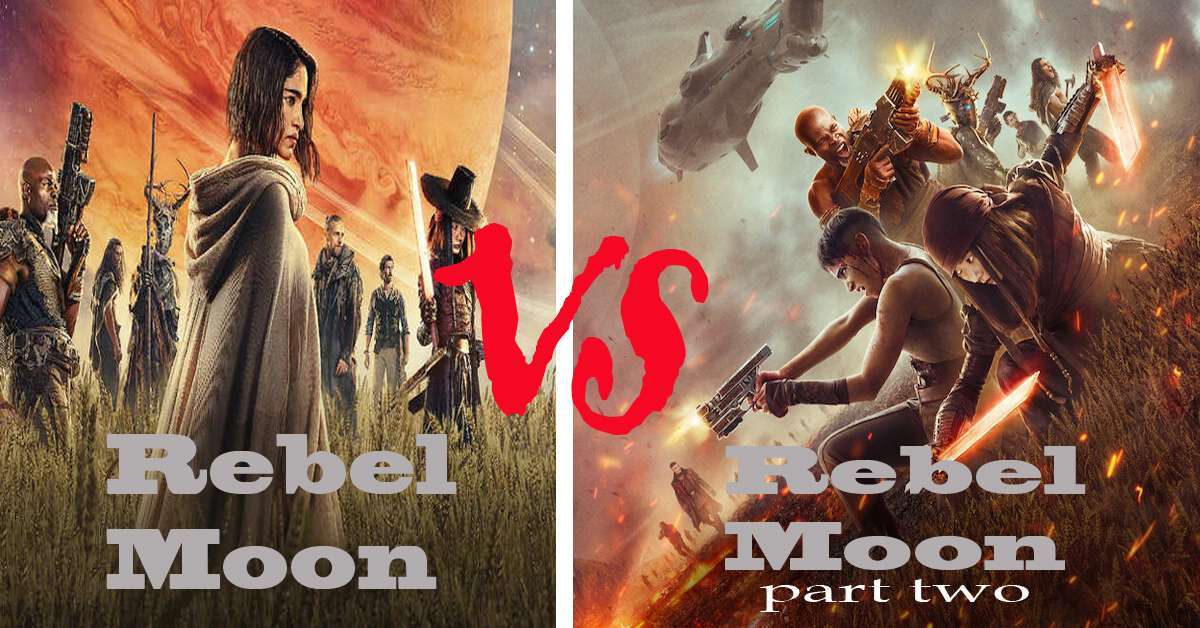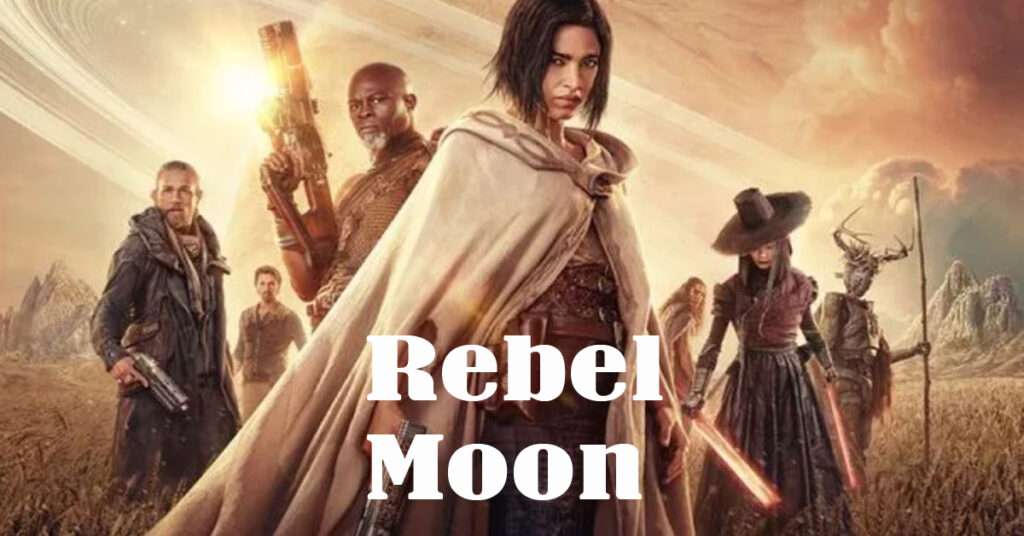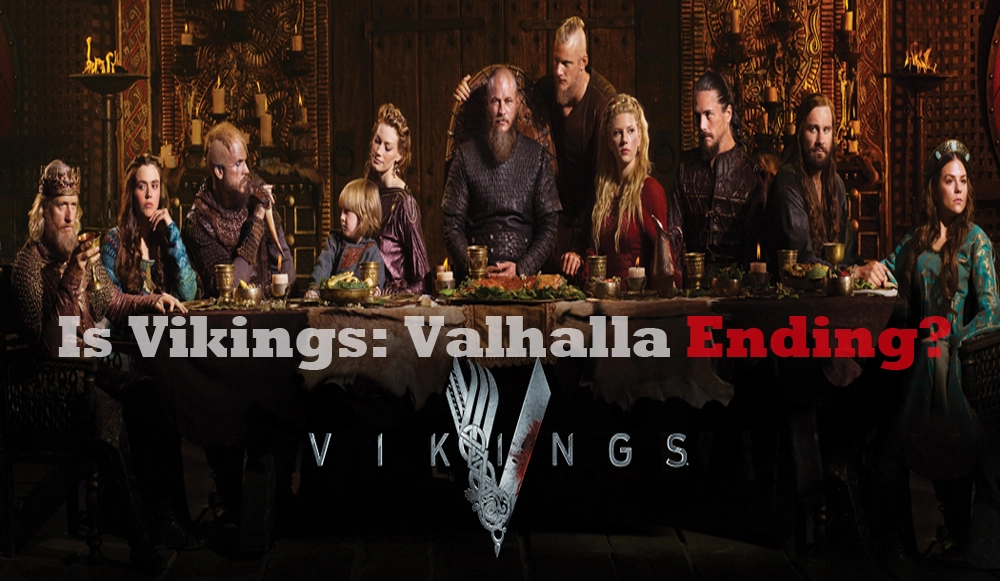
Introduction: Top 10 Reasons Why Difference Between Rebel Moon and Rebel Moon Director’s Cut?
Zack Snyder’s Rebel Moon has taken the film world by storm, captivating audiences with its stunning visuals and engaging narrative. But what about the Director’s Cut? Is it just a longer version of the same film, or does it offer something more substantial? In this article, we’ll explore the top 10 reasons why understanding the differences between Rebel Moon and its Director’s Cut is essential for any film enthusiast. Grab your popcorn, and let’s dive in!
Overview of Rebel Moon Director’s Cut

In a galaxy on the brink of tyranny, the peaceful colony of Bravar is under threat from the oppressive forces of the sinister regime led by the ruthless General Titus. As the invaders prepare to conquer Bravar and enslave its people, a group of unlikely heroes emerges from the shadows.
Kora, a fierce warrior with a mysterious past, teams up with a ragtag band of rebels—including a cunning smuggler, a skilled fighter, and a wise mentor—to rally the citizens of Bravar. Their mission: is to unite the disparate factions of the planet and prepare for an epic battle against the overwhelming forces of General Titus.
Throughout the journey, Kora confronts her demons, discovering hidden strengths and forging powerful alliances. The stakes rise as they race against time, gathering weapons and strategic knowledge to launch a counter-offensive. The Director’s Cut dives deeper into the characters’ backstories, exploring themes of sacrifice, hope, and the fight for freedom. [Top 10 Reasons Why Difference Between Rebel Moon and Rebel Moon Director’s Cut]
As the final battle looms, Kora and her allies must confront not only external enemies but also their fears and doubts. In a spectacular climax filled with breathtaking visuals and intense action, the fate of Bravar hangs in the balance. Will the rebels rise victorious, or will the forces of tyranny snuff out their flickering hope? The Director’s Cut of Rebel Moon provides an enriched narrative experience, revealing the true heart of this epic space saga.
Overview of Rebel Moon

In a distant galaxy, the peaceful colony of Bravar faces imminent destruction at the hands of the tyrannical regime led by General Titus. With their freedom at stake, the inhabitants find themselves in desperate need of a hero. Enter Kora, a fierce and determined warrior haunted by her past. She witnesses the devastation wrought by Titus’s forces and decides it’s time to take a stand.
Kora embarks on a quest to unite the fractured factions of Bravar, rallying a diverse group of rebels that includes a crafty smuggler, a skilled fighter, and a wise mentor. Together, they set out to forge alliances and gather resources to fight back against the overwhelming enemy.
As Kora leads her newfound allies in a series of daring missions, they face countless challenges that test their loyalty and strength. Along the way, they uncover secrets about the regime and Kora’s hidden lineage, deepening her resolve to liberate her people. [Top 10 Reasons Why Difference Between Rebel Moon and Rebel Moon Director’s Cut]
With the stakes rising, the rebels prepare for an epic showdown against General Titus’s formidable army. In a breathtaking climax filled with action and sacrifice, Kora and her team must confront their fears and fight for their future. Will they succeed in overthrowing the tyranny and restoring peace to Bravar, or will their hope be extinguished forever? Rebel Moon is an exhilarating tale of courage, friendship, and the struggle for freedom.
Top 10 Reasons Why the difference between Rebel Moon and Rebel Moon director’s cut?

Zack Snyder’s Rebel Moon has taken the film world by storm, captivating audiences with its stunning visuals and engaging narrative. But what about the Director’s Cut? Is it just a longer version of the same film, or does it offer something more substantial? In this article, we’ll explore the top 10 reasons why understanding the differences between Rebel Moon and its Director’s Cut is essential for any film enthusiast. Grab your popcorn, and let’s dive in!
1. Understanding the Director’s Vision
One of the most significant differences between Rebel Moon and its Director’s Cut is that the latter provides a clearer insight into Zack Snyder’s original vision. Directors often have to make tough choices during the editing process, cutting scenes or dialogue that may be crucial for character development or world-building. The Director’s Cut typically restores these elements, allowing viewers to appreciate the film as the director intended.
2. Expanded Storyline and Character Development
In the Director’s Cut, you can expect expanded storylines and deeper character arcs. When a film is trimmed for theatrical release, secondary characters and subplots often get sidelined. The Director’s Cut often restores these elements, enriching the narrative and making the characters feel more fleshed out. For example, you might learn more about the protagonist’s backstory or discover motivations that were previously hinted at but never fully explored.
[Top 10 Reasons Why Difference Between Rebel Moon and Rebel Moon Director’s Cut]
3. Enhanced Visual Effects and Cinematic Experience
Snyder is known for his breathtaking visual style, and the Director’s Cut usually allows for a more extensive showcase of these effects. In the theatrical release, some visual effects may be toned down or cut due to time constraints or budget issues. The Director’s Cut often brings these effects back, offering a more immersive experience that aligns with Snyder’s signature aesthetic.
4. More Comprehensive Themes and Messages
Snyder often weaves complex themes into his films, such as redemption, sacrifice, and the fight against oppression. The Director’s Cut usually allows these themes to be explored in greater depth. By adding backscenes that elaborate on these ideas, viewers can engage with the film on a more meaningful level. This can lead to richer discussions and interpretations among fans and critics alike.
5. A Different Pace and Flow
Editing plays a crucial role in establishing the pacing of a film. The Director’s Cut may change the film’s flow, offering a more natural rhythm that aligns better with the storytelling. In some cases, the theatrical version may rush through critical scenes to meet a runtime, while the Director’s Cut allows for a more deliberate pace that can enhance emotional moments.
6. Altered Ending or Climax
Sometimes, the endings of films are altered for various reasons, including audience testing or studio demands. The Director’s Cut may present a different ending or climax, providing closure that resonates more effectively with the narrative. This can significantly impact how viewers perceive the story and its resolution, leading to differing opinions on which version is superior.
7. Audience Engagement and Satisfaction
For die-hard fans, the Director’s Cut often represents the definitive version of a film. It caters to audiences looking for a more thorough and satisfying viewing experience. The excitement of seeing additional content that enhances the original story can lead to a more enjoyable experience, making fans feel more connected to the film and its characters.
8. Cultural Impact and Legacy
The release of a Director’s Cut can also influence a film’s cultural impact and legacy. Films that are well-received often have their Director’s Cuts re-evaluated over time, becoming a part of the discussion around the film’s overall significance. Understanding the differences can help fans appreciate how Rebel Moon fits into Snyder’s larger body of work and its place in the sci-fi genre.
9. Critical Reception and Analysis
Critics and fans often debate the merits of a Director’s Cut versus its theatrical counterpart. Engaging with both versions allows for a richer understanding of the film and more informed opinions about its strengths and weaknesses. The discussions surrounding the differences can lead to insightful analyses that enhance appreciation for Snyder’s craft.
[Top 10 Reasons Why Difference Between Rebel Moon and Rebel Moon Director’s Cut]
10. Personal Preference and Subjective Experience
Finally, the differences between Rebel Moon and its Director’s Cut boil down to personal preference. Some viewers may prefer the streamlined approach of the theatrical cut, while others may enjoy the depth and nuance offered in the Director’s Cut. Exploring both versions allows each viewer to determine which one resonates more with their tastes, enhancing the overall viewing experience.
Read More About the Top 10 Reasons Why the difference between Rebel Moon and Rebel Moon director’s cut “Click Here”
Conclusion
In summary, the differences between Rebel Moon and its Director’s Cut are more than just a matter of runtime. They delve into the intricacies of storytelling, character development, visual aesthetics, and thematic exploration. Whether you’re a casual viewer or a devoted fan, understanding these differences can significantly enrich your appreciation of the film. So, the next time you find yourself debating which version to watch, remember these ten compelling reasons that highlight the importance of the Director’s Cut.
Related Movie’s






Top 10 Reasons Why the difference between Rebel Moon and Rebel Moon director’s cut – FAQs
1. What is a Director’s Cut?
A Director’s Cut is an edited version of a film that reflects the director’s original vision, often including scenes and content that were cut from the theatrical release.
2. Is the Director’s Cut always better than the theatrical version?
Not necessarily. While many fans prefer the Director’s Cut for its added depth, some may appreciate the pacing and focus of the theatrical version.
3. What specific differences can we expect in the Rebel Moon Director’s Cut?
While the exact differences are yet to be revealed, expect expanded scenes, deeper character development, and potentially a different ending or climax.
4. How does Zack Snyder’s style influence the Director’s Cut?
Snyder’s visual storytelling and thematic focus are often enhanced in the Director’s Cut, showcasing his artistic intentions more clearly.
5. Why should I watch both versions of Rebel Moon?
Watching both versions allows for a richer understanding of the film, encouraging deeper discussions and personal reflections on its themes and characters.
